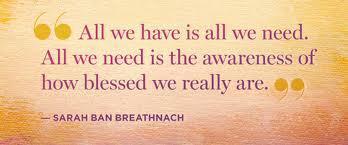In the midst of gathering darkness, light becomes more evident.
|
BONNIE BOSTROM
Sailing through the Cosmos, a true story, as we sailed in an area of much bioluminescence, on a calm and clear night, we could not tell the difference between the stars and planets above and the bioluminescent below. What a lot of people don't know that on a very dark and clear night, one can see different colors of planets, and the bioluminescent also is a variety of colors.
Space is full of planets, and most of them don't even have stars.
Here in the Solar System, we can watch our star's eight planets orbit with confidence, knowing full well that we've discovered at least the majority of round, orbit-clearing worlds around our Sun. But there's a 4.5 billion year history that we can't fully know from our vantage point today. All we can be certain of are which planets have survived until now. What about the worlds that were formed around our Sun early on, and then ejected by some violent gravitational process? What about the worlds that would have been planets had they only formed around a star, rather than in the abyss of interstellar space? Over the past few years, we've begun to find these orphan planets — sometimes called rogue planets — in the spaces between stars. Based on what we know of stars, gravity, and cosmic evolution, we can make a ballpark estimate of the total number of planets in the Universe, and it likely outnumbers our stars by anywhere from a factor of 100 to 100,000. Space is full of planets, and most of them don't even have stars.
|

Blessing must arise from within your own mind. It is not something that comes from outside. When the positive qualities of your mind increase and the negativities decrease, that is what blessing means. The Tibetan word for blessing … means transforming into magnificent potential. Therefore, blessing refers to the development of virtuous qualities you did not previously have and the improvement of those good qualities you have already developed. ― Dalai Lama XIV
Tuesday, March 10, 2020
In the midst of gathering darkness, light becomes more evident.
Subscribe to:
Post Comments (Atom)



No comments:
Post a Comment